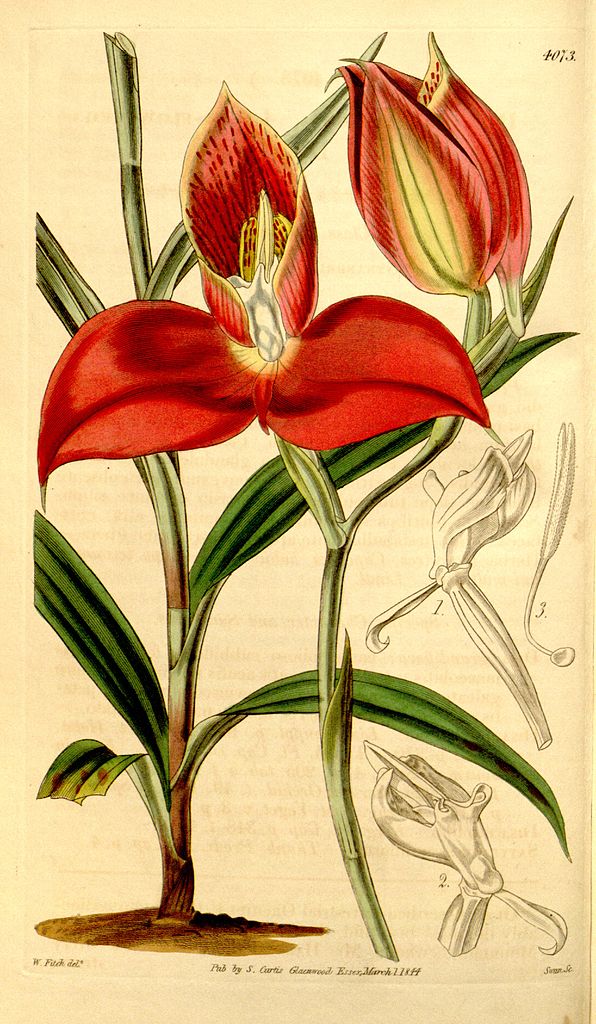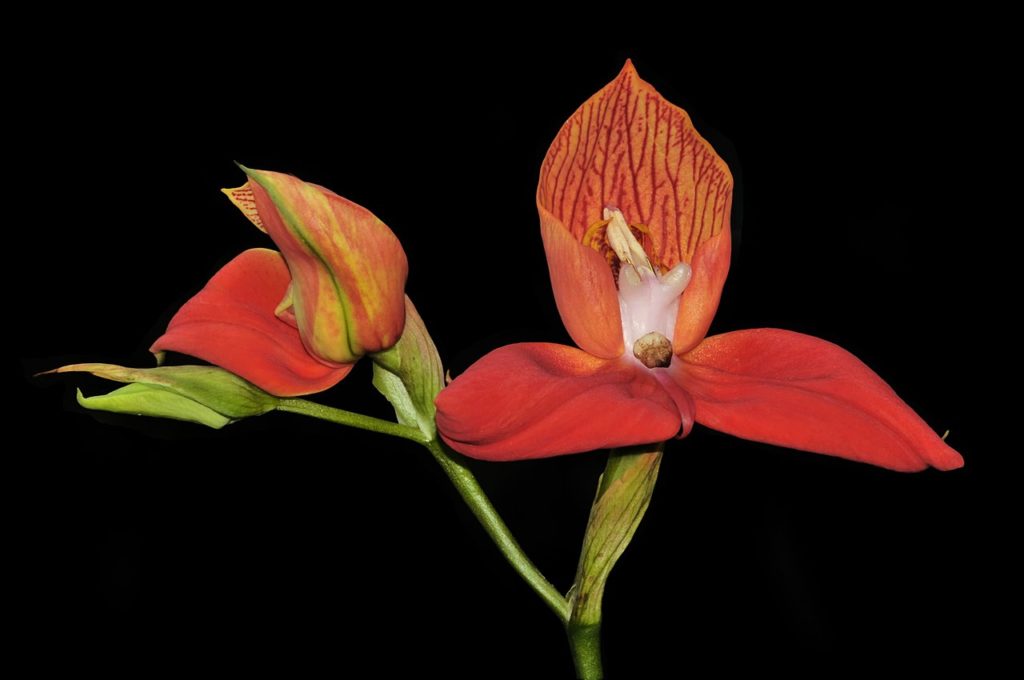The Disa uniflora, also known as the red disa, is an emblem of the Western Cape and only grows here. The flower can be seen on the emblems of various organisations including the Western Province Rugby Team and the Mountain Club of South Africa.
The Pride of Table Mountain’s name, however, is less local. Swedish botanist, Peter Jonas Bergius bestowed the flower with its name in 1767 and was inspired by Swedish mythology.
Disa is the heroine of a legendary Swedish saga documented in 1555 by Olaus Magnus. According to legend, Disa was incredibly wise and she used her wit to thwart a democide.
As the story goes, the god-king Freyr ruled Sweden and there was a famine. Freyr’s rule was a peaceful time and the population grew steadily until the country could no longer support that many people.

Freyr and his chieftains decided that the only solution to overpopulation was to cull all the elderly, sickly and handicapped people in the kingdom – they would be sacrificed to Odin.
Disa was highborn – the daughter of the chieftain Sigsten of Venngarn in Uppland – and disagreed with this decision. She mocked the king and chieftains, saying that she had wiser words of advice.
Upon hearing this, Freyr decided to test her wits. He asked Disa to visit him but there was a catch. She could not complete the journey by foot, by horse, in a wagon nor in a boat. She also could not visit him either dressed or undressed and the time was not supposed to be within a year nor within a month and neither during daytime or nighttime; and neither when the moon was waxing nor waning.
Somehow, Disa passed the test. She harnessed two young men to a sled and she had a billygoat by the sled with one leg over the goat and the other in the sled, she made the journey.
For clothing, she wore a net and to beat the time constraints imposed by the king she arrived during full moon at dusk on the third day after Yule. All the months had 30 days and the last month was coming to an end, as well as the year.
Having passed the King’s test, the planned culling was cancelled and the new queen Disa declared that a part of the population was to leave Sweden. This would be determined by a drawing of lots.

1844 plate by Walter Hood Fitch from Curtis’s Botanical Magazine
The botanist, Carl Peter Thunberg, derived the name of the Disa genus of orchids from this legend. The dorsal sepal of some of the Disa orchids is reminiscent of the fishnet that Disa appeared before King Freyhr in.
The famous red flower grows near waterfalls, streams and seeps in the mountains. They bloom during the summer months from December to March, according to the South African National Biodiversity Institute (SANBI). Their peak flowering period is in mid-February.
Picture/s: Wikimedia Commons






